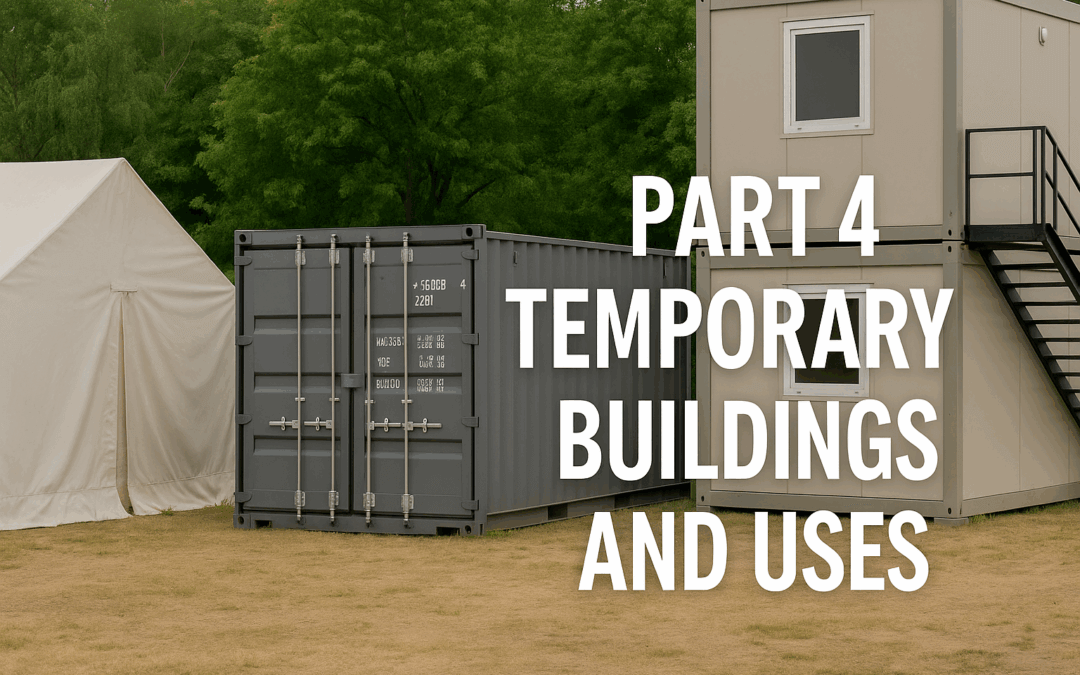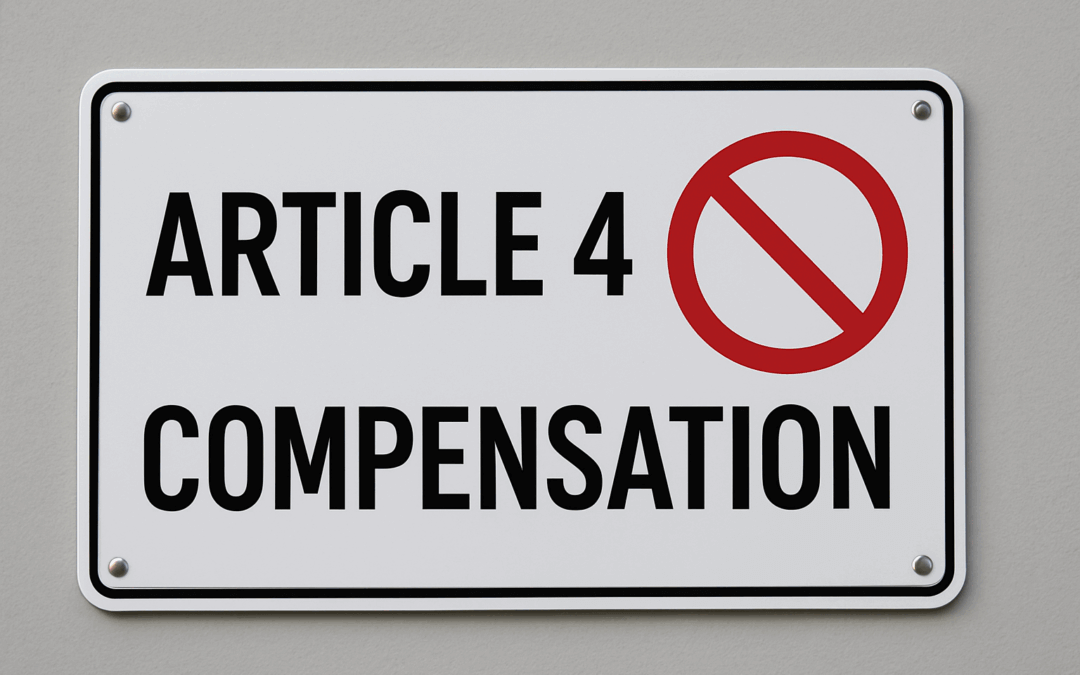by Ian Walmsley | Jun 13, 2018
…means that both the exterior and the interior are protected. In addition, any object or structure fixed to the building, and any object or structure within the curtilage of the building, which although not fixed to the building, forms part of the land and has done so since before 1 July 1948, are treated as part of the listed building. This will include boundary walls for example. Listed Building Consent (LBC) Listed building consent is a type of planning control, which protects buildings of special architectural or historical interest. These controls are in addition to any planning regulations which would normally apply. Listed building status can also result in the requirement for planning permission where it wouldn’t ordinarily…

by Ian Walmsley | Jun 8, 2018
…CLU CML Coalescence COCR COL Commuted Payment Conservation Area Core Strategy COSHH CPO CPR CPSE CPZ CRM CT Curtilage D&B D&O DAPHS DAPHS DAS dB DC DCLG DD Decision Notice DEFRA Density Development Development Plan DIP DLA DMDPD DMPO DPC DPD DPEA DPH DPM DPP DQRA DTV Dwellinghouse E&O EA EBITDA EDC EIA EICR Employment Land EOT EPC ERC EUV EWS1 Extant FCA FENSA FH FLEEA Flood plain FM FMV FR FRA FRA FRI Lease FTB FW&T Gateway Site GCH GDPR GDV GEA GFCH GIA GLA GP GPDO GQRA GR Grampian Green Belt Greenfield GSC GSHP Habitable Room HBS HCA HHSRS Highway HMO HMRC HNWI HOTs HPI HPL HRA HSE HTB HVAC IAQM ICOMOS ICR IFA IHBC IHT IL Inclusive…

by Ian Walmsley | Jul 8, 2018
…Class CB – temporary provision of buildings for a school with a RAAC-affected building Class D – commercial, business & service etc to temporary flexible use Class DA – Restaurants and cafes, drinking establishments and drinking establishments with expanded food provision to temporarily provide takeaway food Class DB – Development consisting of a change of use of a building which is a qualifying high-street premises within the meaning of section 192(2) of the Levelling-up and Regeneration Act 2023 (“the 2023 Act”) and any land within the curtilage of that building to a suitable high-street use (as defined by section 192(4) of the 2023 Act) for the duration of a tenancy granted following a rental auction of the premises held under…

by Ian Walmsley | Oct 30, 2019
…metres and a site of under 1 hectare. It cannot be used for larger developments. It is time limited to 5 weeks from the day after the planning application has been validated. It can be on previously developed land or the curtilage thereof as well as undeveloped land. Cost and how to apply for a PiP At the time of writing the fee is £403 per 0.1 hectare for a Permission in Principle application. The most up to date fees can be found here. You will need to submit the form found here to the local planning authority with the correct fee. The items required are as follows: completed application form plan which identifies the land to which the application…

by Ian Walmsley | May 25, 2025
…compensation disputes and will consider the validity and amount of compensation. Judicial Review in the High Court is typically used to challenge procedural or legal errors rather than compensation amounts. The claimant would need to show a loss made as a direct result of the Article 4. Which permitted development rights are subject to compensation? The following Classes are deemed as prescribed development as far as legislation is concerned (see legislation section below as well) (a) Part 1 (development within the curtilage of a dwellinghouse); (b) Classes D, E and G of Part 2 (certain minor operations); (c) Classes A, AA, C, D, G, J, I, K, JA, L, M, MA, N, O, P, PA, Q, R, S,…







